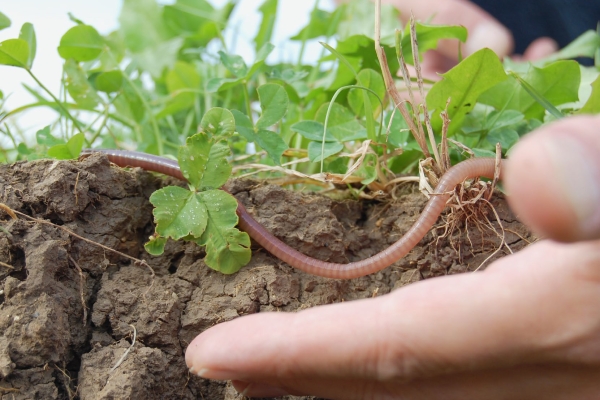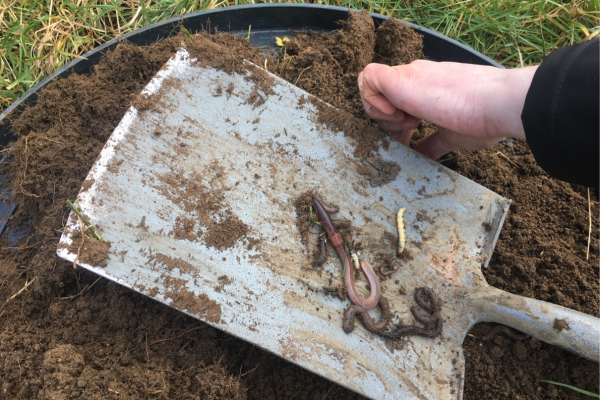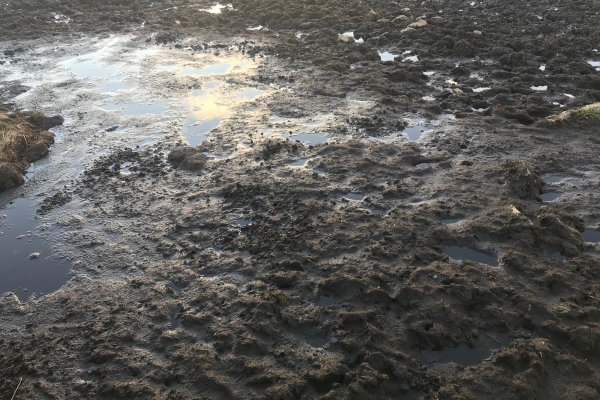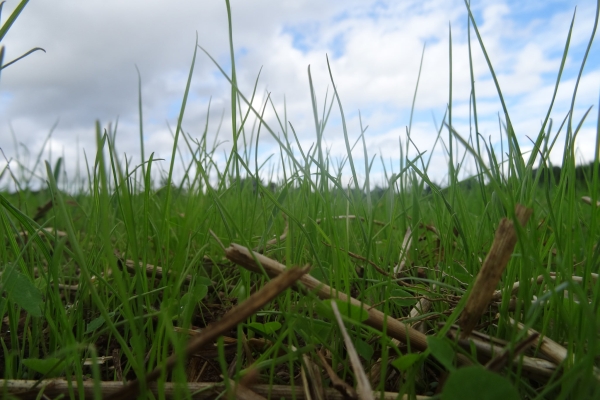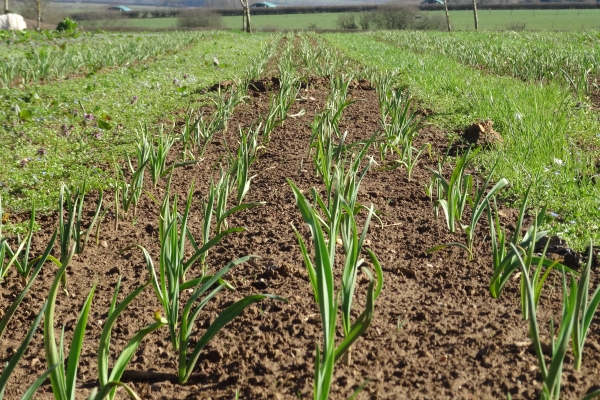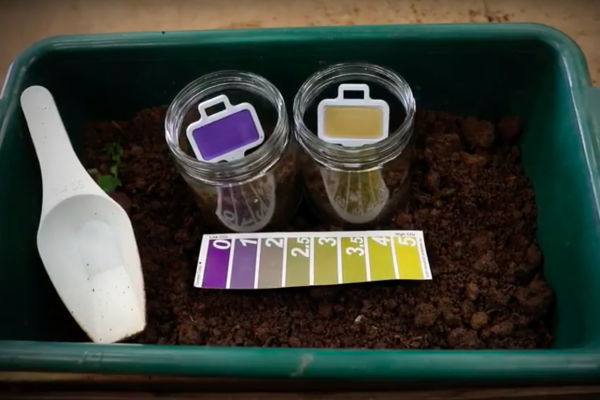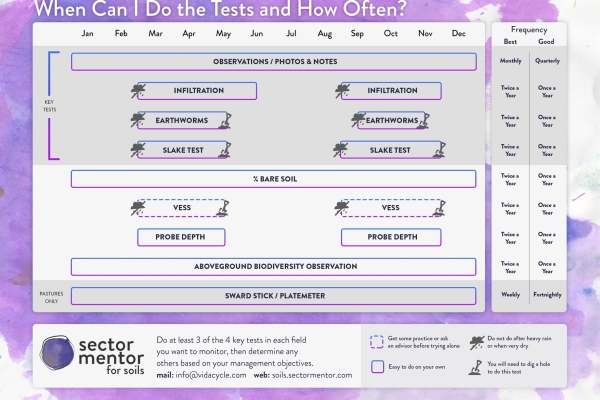Know your Soils #2: Earthworm Quiz
Resource explained
From the Soilmentor team, this is the second of a twelve part series called ‘Know your Soils’ which includes practical tips for monitoring soil health and simple tests you can do on your land, in the form of videos and fact sheets. This post features a quiz created by Rothamsted Research soil scientist Jackie Stroud. Designed to help you monitor the activity of earthworms in your soil, it is based around the principal of “If you can’t measure it, you can’t improve it.” It helps you identify three different types of earthworms that perform varying important functions in your soil, which will aid you in pinpointing any changes you may need to make to your soil management. You can also access an AHDB information sheet, information on Jackie’s #60minworms project; an on-farm worm survey, and Soilmentor’s free online soils guide for soil tests you can do at home.
Findings & recommendations
- There are three different types of earthworms you can find in your soil; each lives in a specific layer and performs a unique function which contributes to the soil’s health.
- Ideally you want to have all three types of worms working in harmony; the living litter feeders which break down organic matter on the soil surface, the top-soil worms which work on soil aggregation and nutrient mobilisation, and the deep-burrowers which help with water flow, aeration and root development.
- Number of worms is a good indicator of soil life; you can easily monitor earthworm activity by digging a hole and counting the different earthworms you find in each layer. If you can identify what type of worms you are looking at, you can tell much more about your soil and what changes you may need to make in the way you are managing it.
- The quiz (which takes just a few minutes to complete) has been designed to help you identify which worms are which before you head out to the field.


